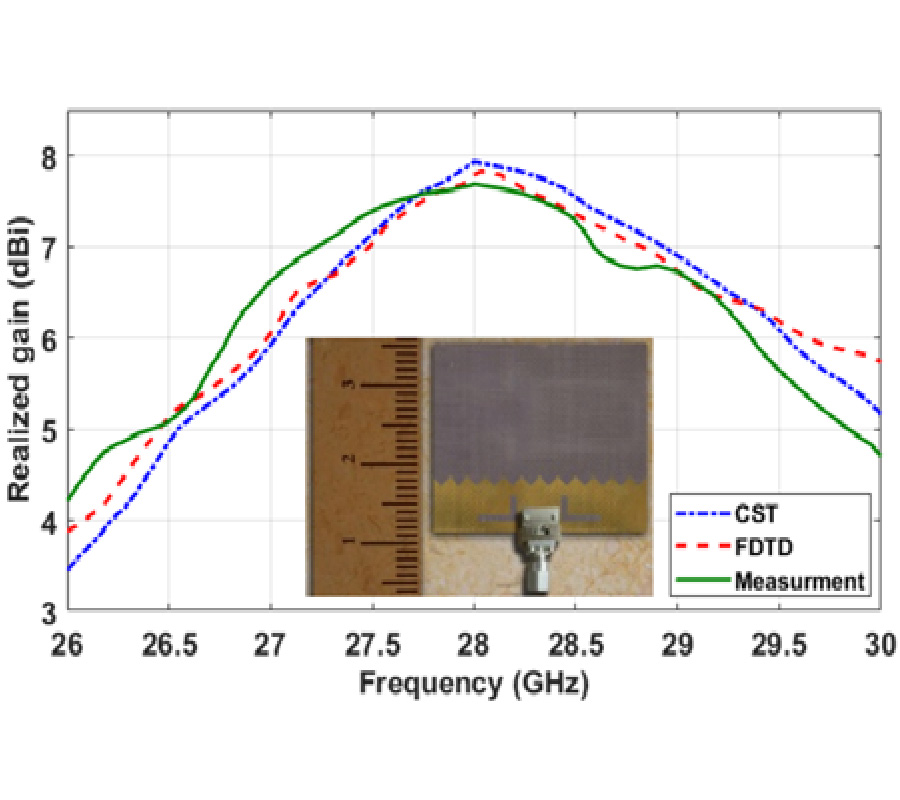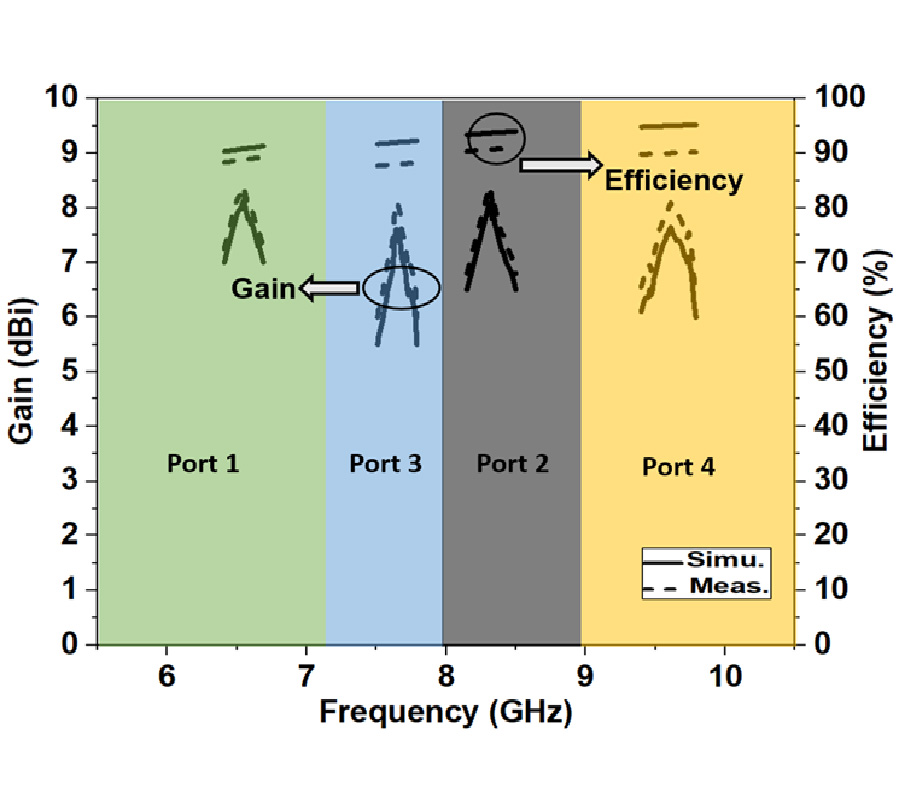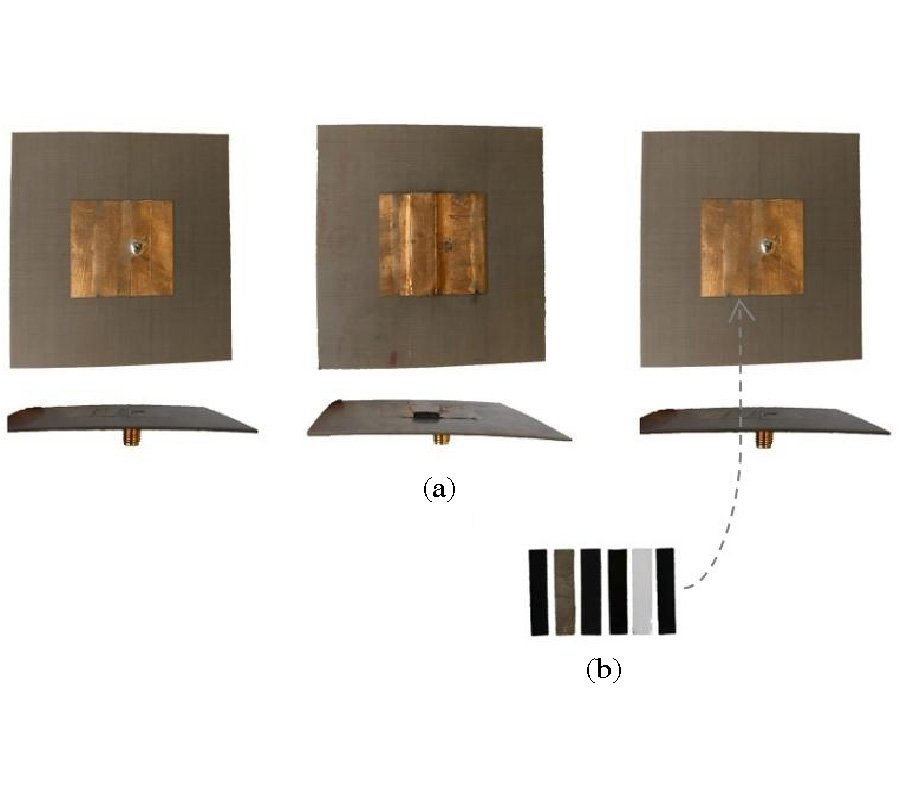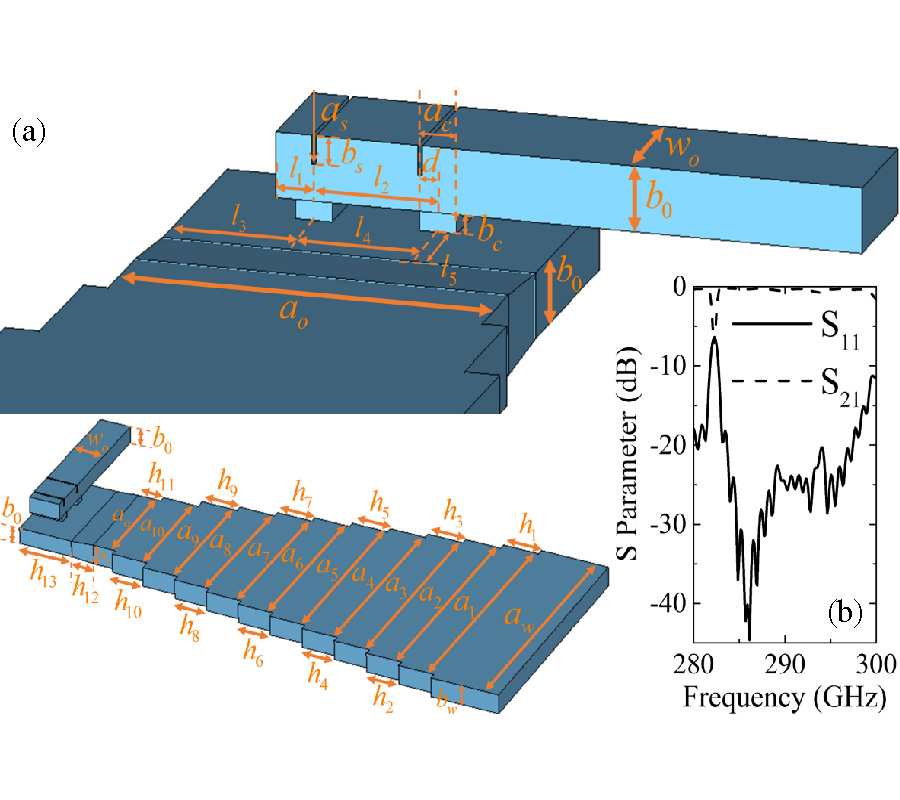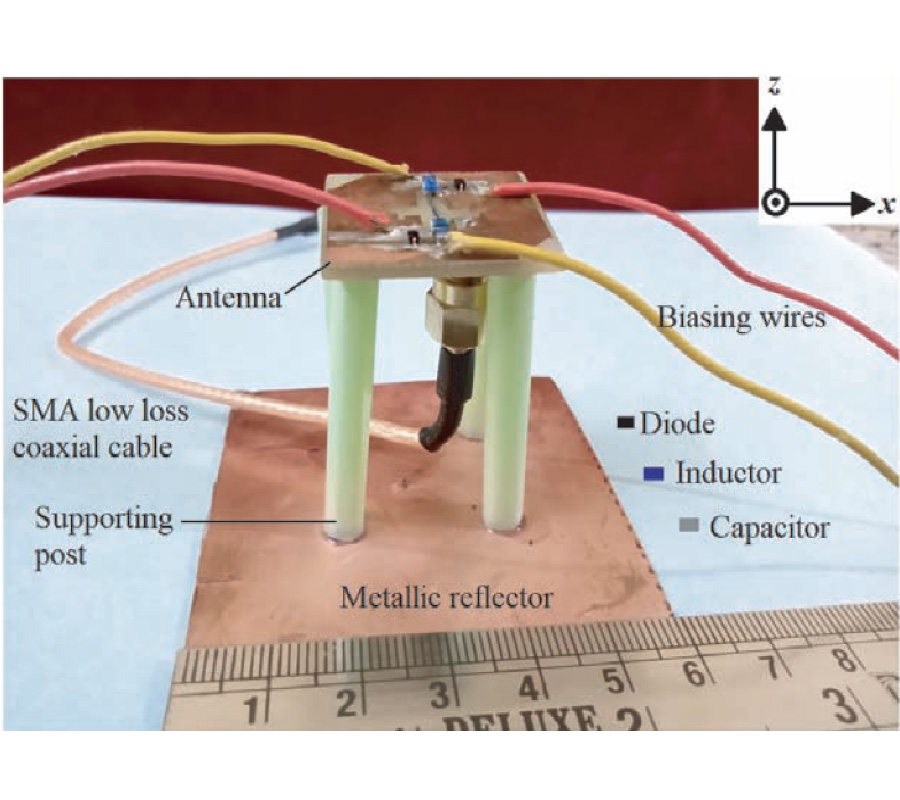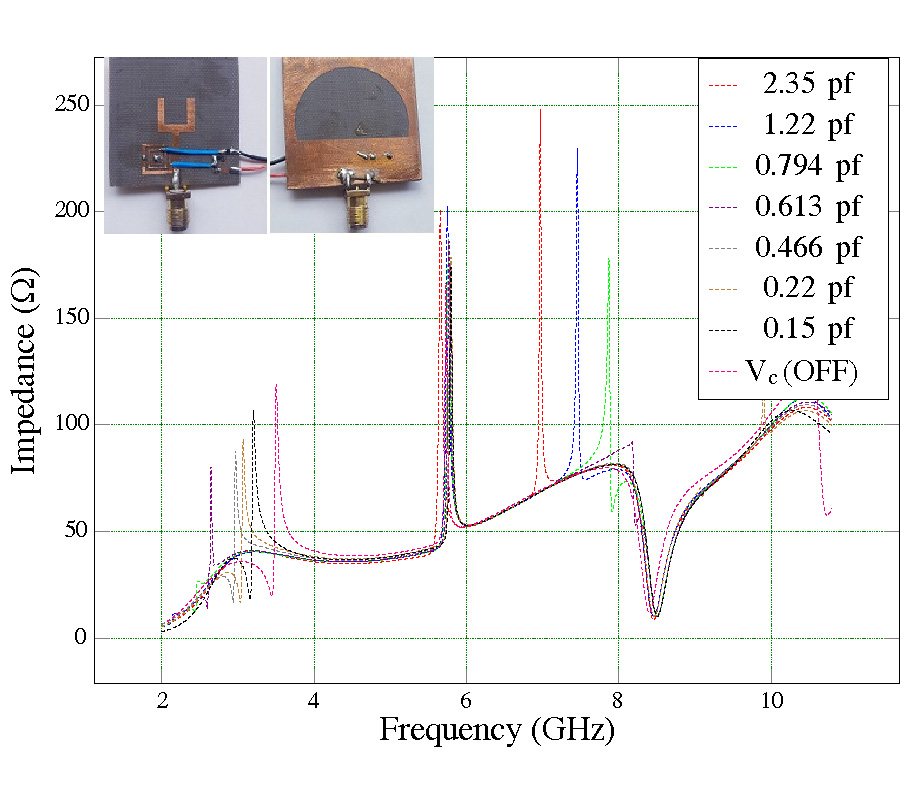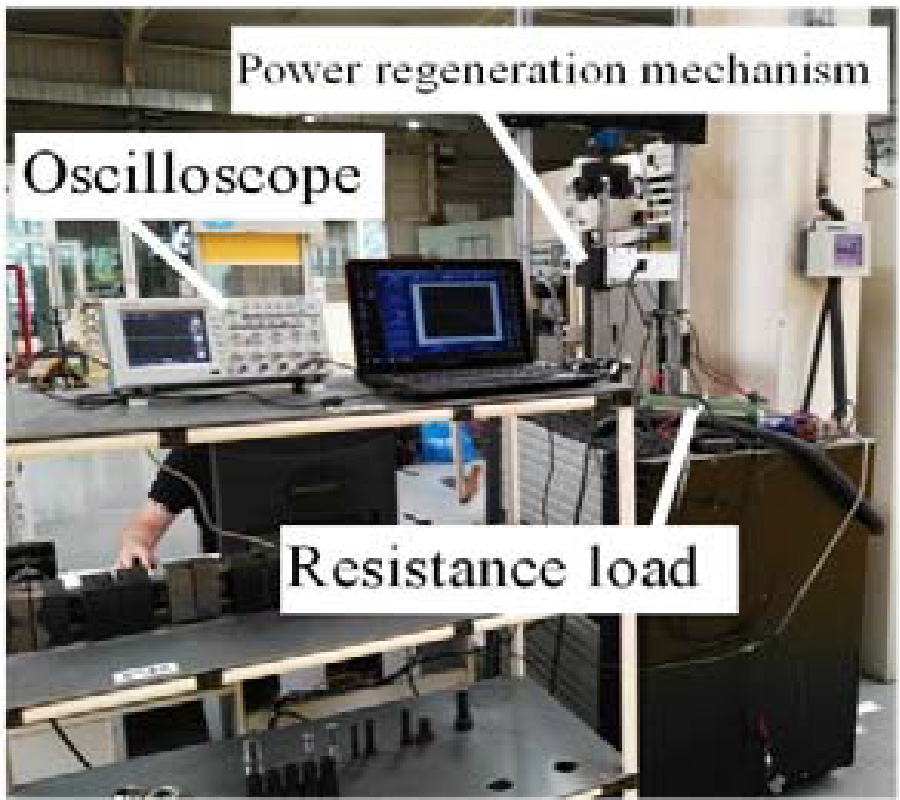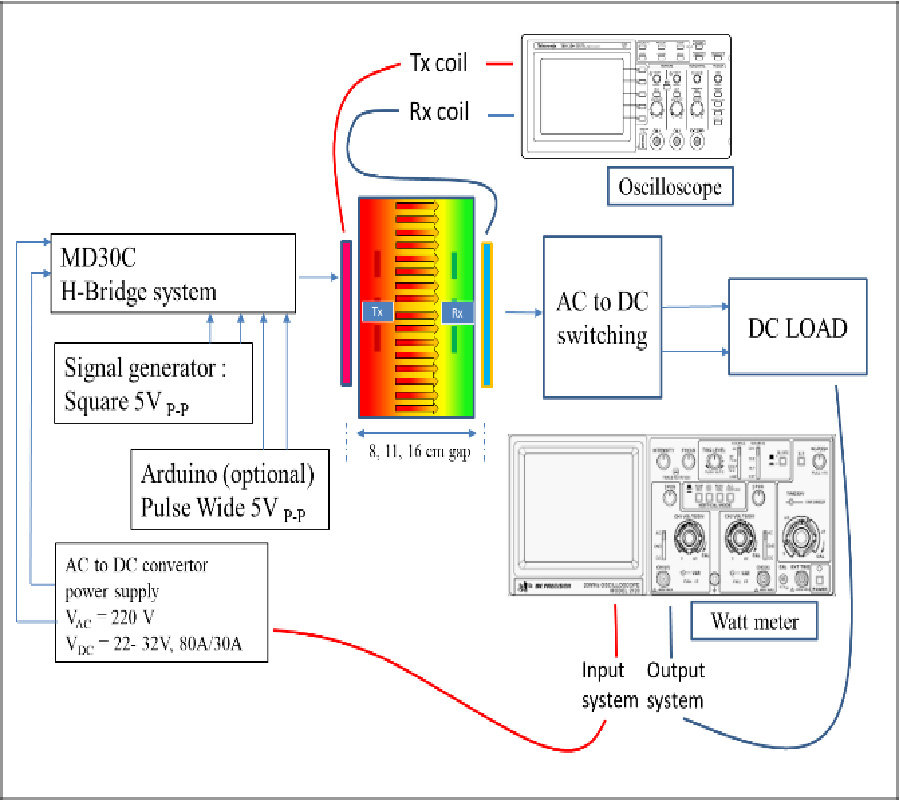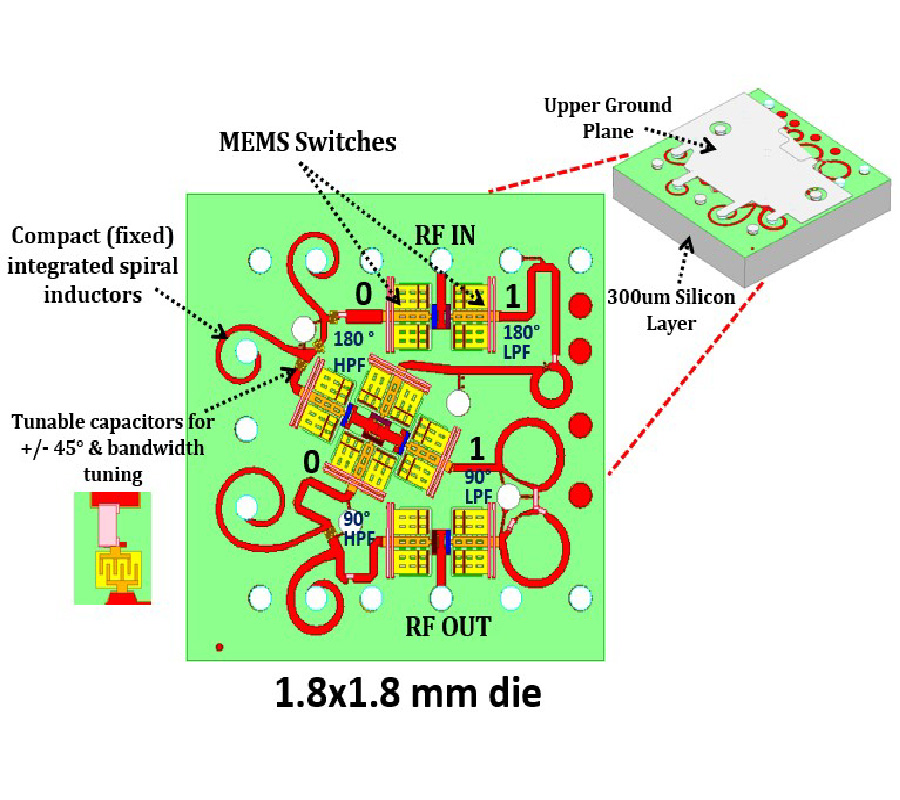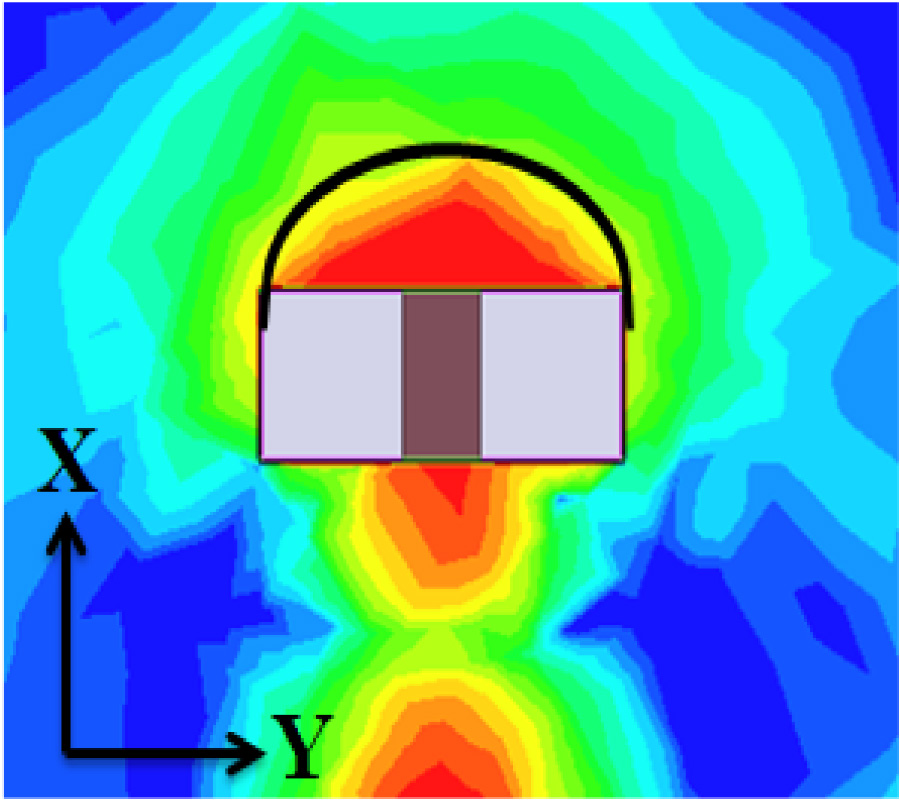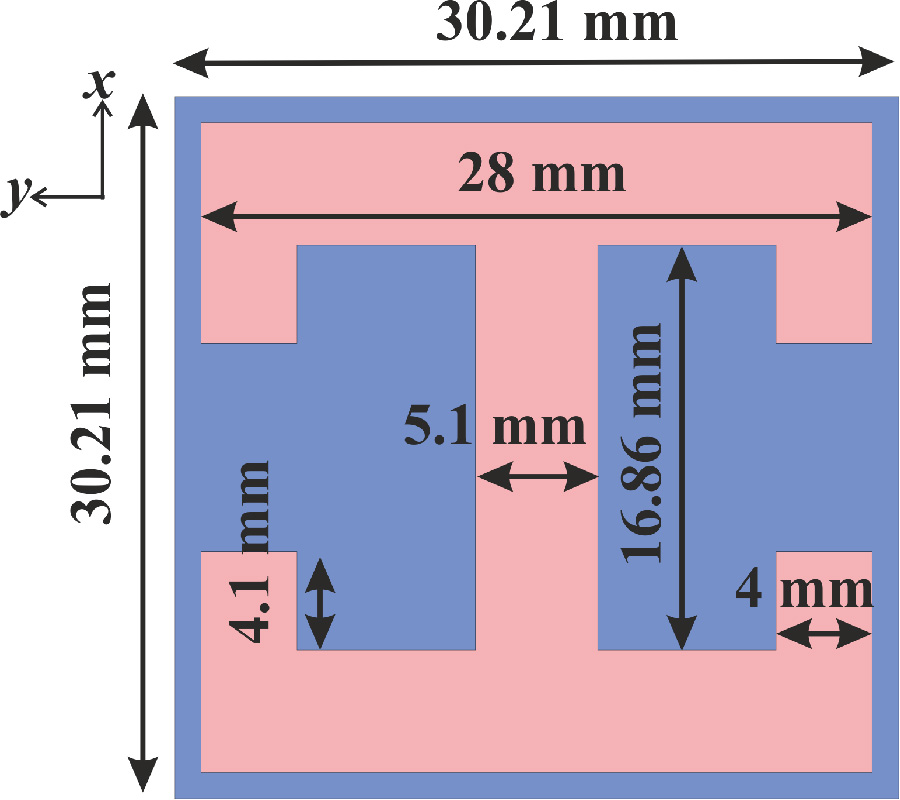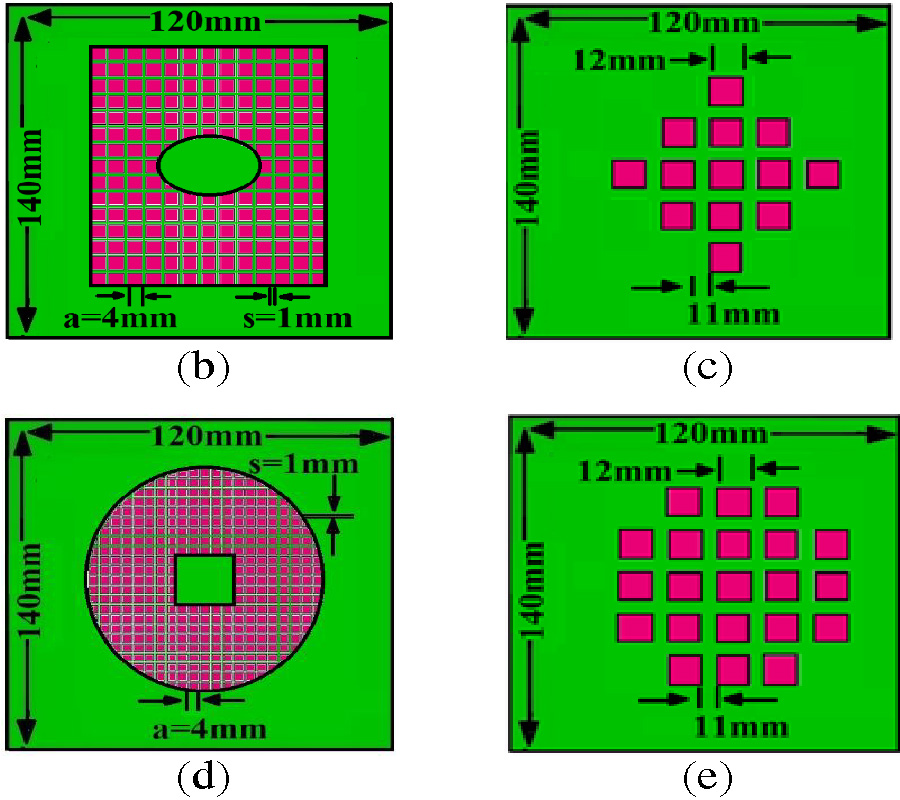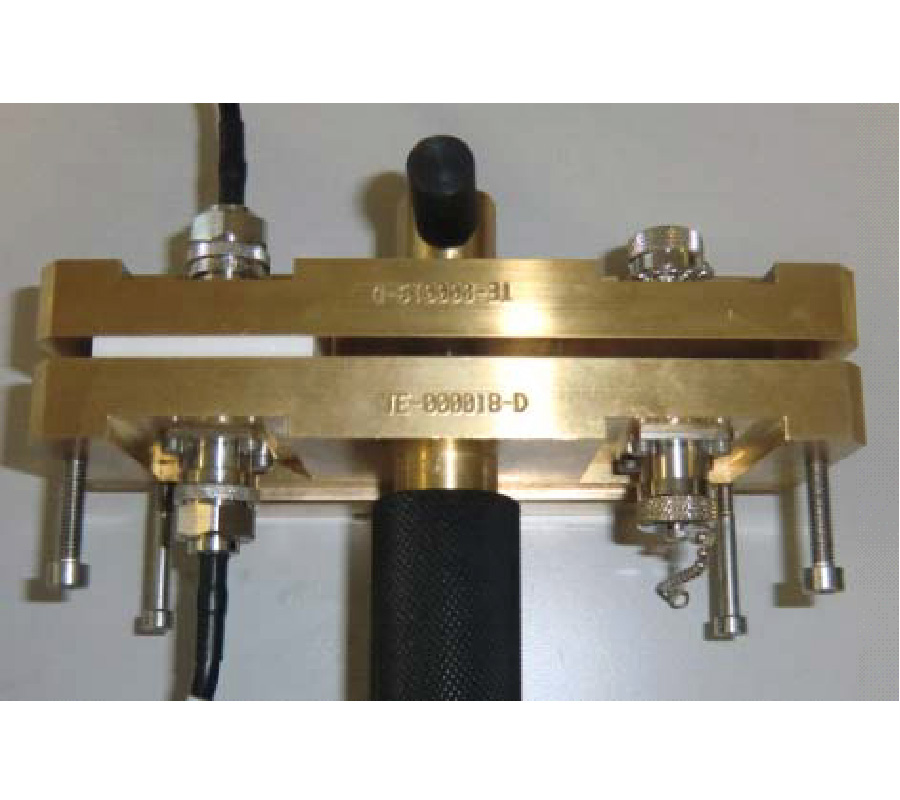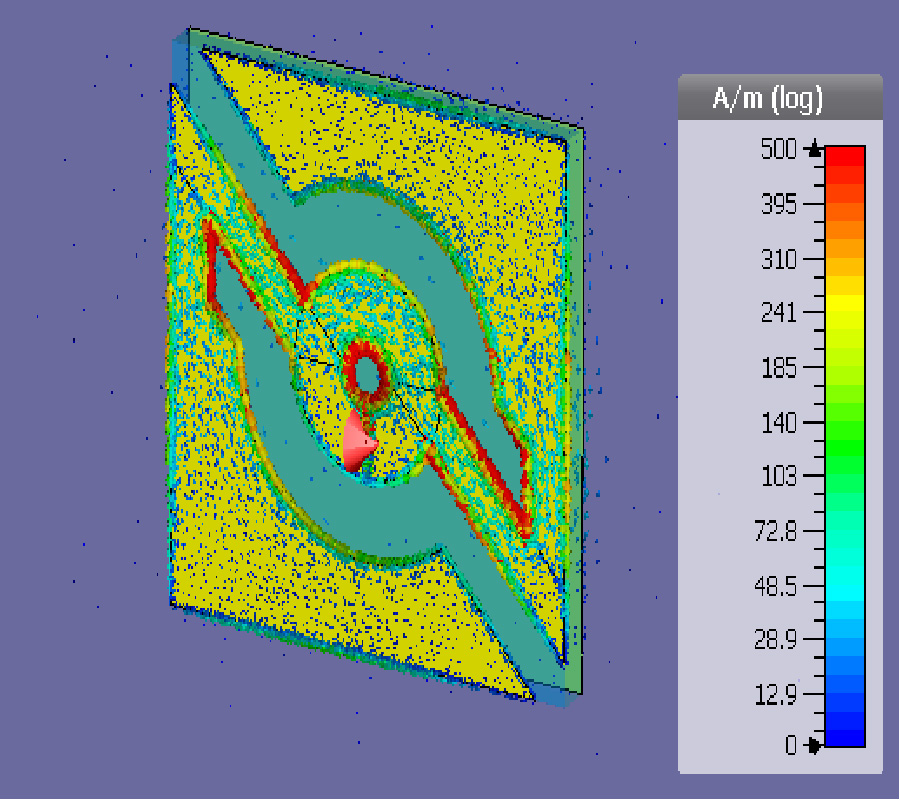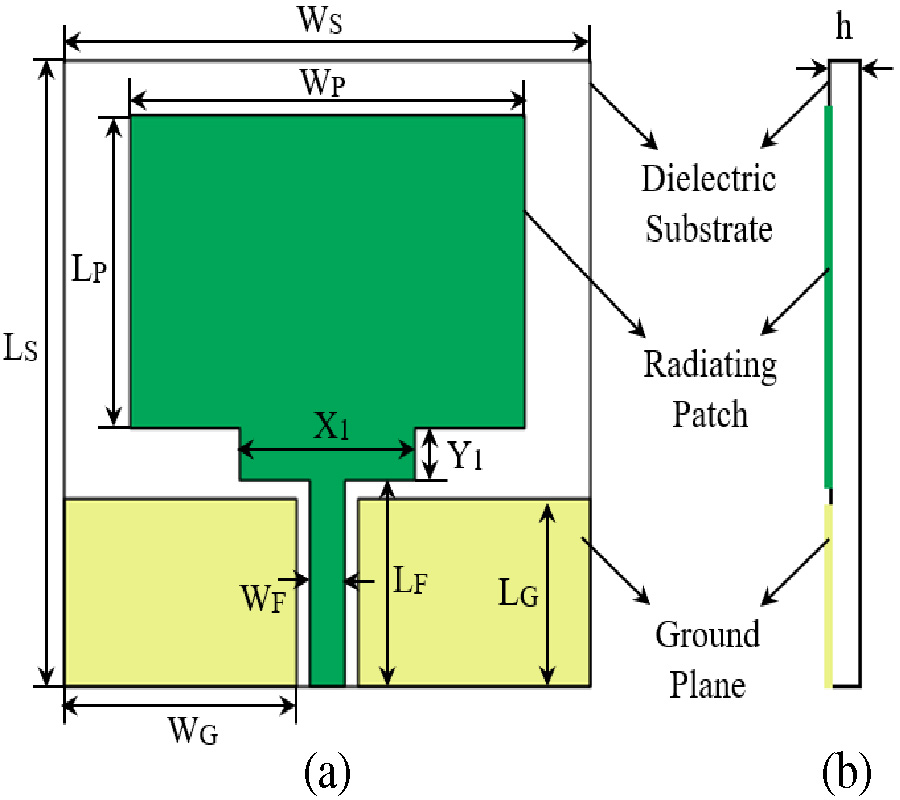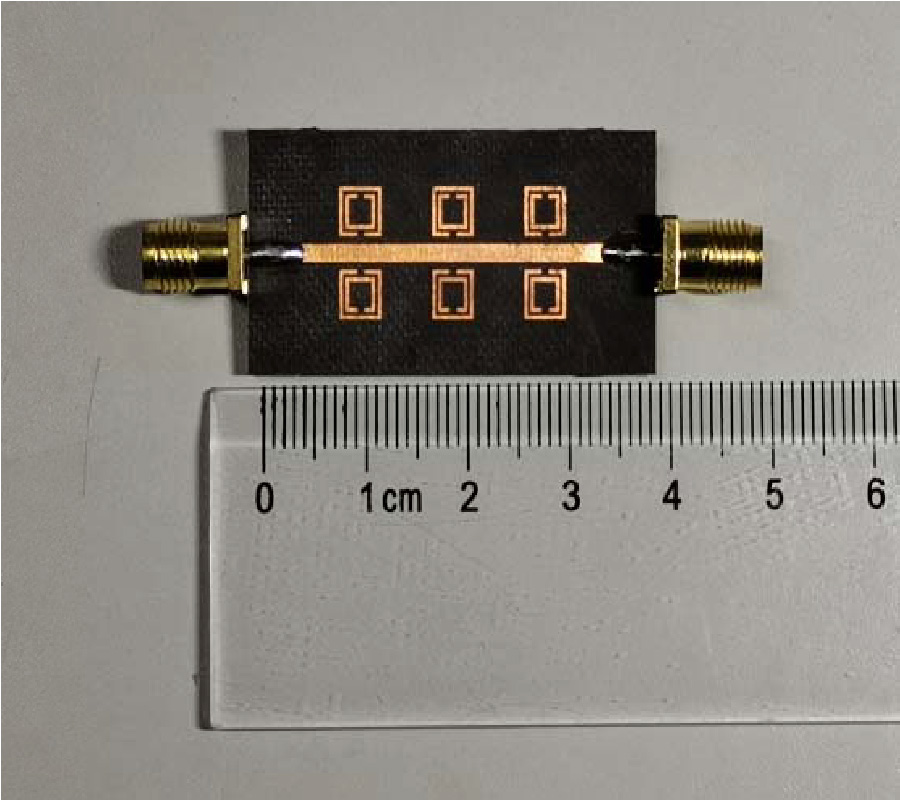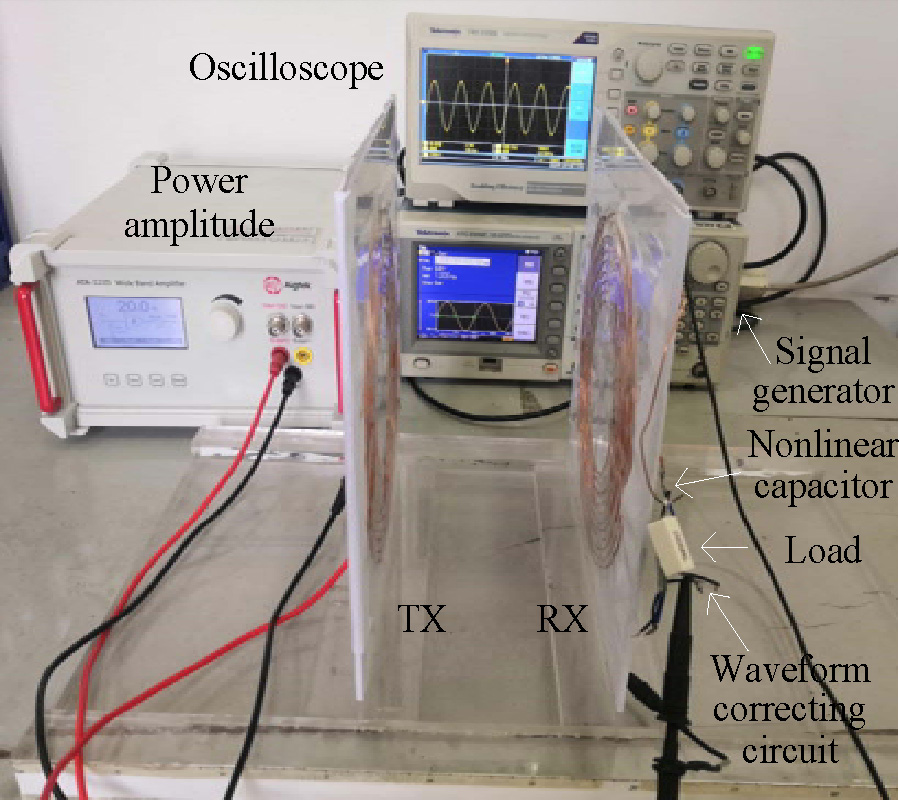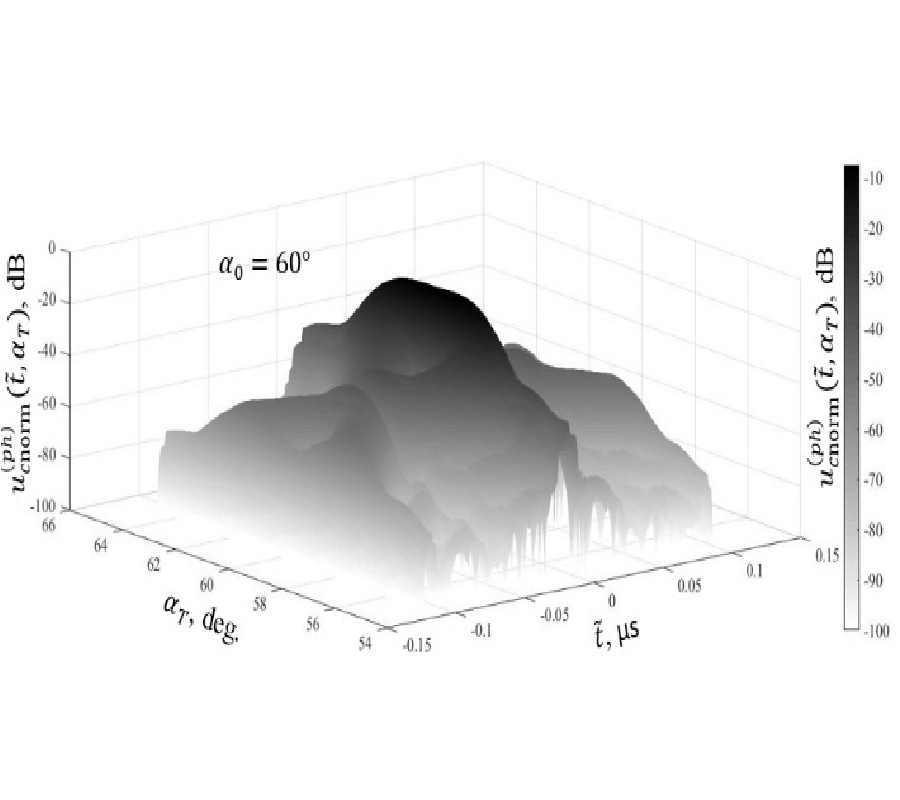2021-03-12 Latest Published
By Korany Ragab Mahmoud
Abdullah Baz
Wajdi Alhakami
Hosam Alhakami
Ahmed Mohamed Montaser
Progress In Electromagnetics Research C, Vol. 110, 267-283, 2021
Abstract
In this paper, the performance of circularly polarized (CP) adaptive sub-arrays integrated into 5G laptop device is investigated in the presence of a whole-body human phantom model. In addition, the radiation effect of the steered beam patterns has been analyzed by calculating the specific absorption rate distribution and temperature rise. In this target, a single-feed CP antenna element has been firstly designed to resonate at 28 GHz with high realized gain and radiation efficiency. Then, 4 sub-arrays have been constructed in a rectangular configuration with four-elements for each sub-array. To let the study more realistic, a complete human model is considered to investigate the radiation effects. The measured reflection coefficient and realized gain results of the designed antenna element are found to be -30 dB and 7.82 dB, respectively, in the assigned frequency band. Likewise, the antennas sub-arrays have approximately kept the same impedance matching attitude with high insertion loss of -22 dB and a realized gain and radiation efficiency of 16.85 dB and 86%, respectively, on average. Furthermore, the sub-arrays scan patterns and coverage efficiency has been studied considering the existence of the human body in different scenarios. Regarding the RF exposure, the results show that the resultant maximum values of specific absorption rate and power density do not exceed 1.52 W/Kg and 3.5 W/m2, respectively, whereas, the maximum exposure temperature in such a case is less than 2.8°C after 30 minutes and decreases to 0.5°C after a penetration depth of 3 mm which reflects the possibility of safe use.
